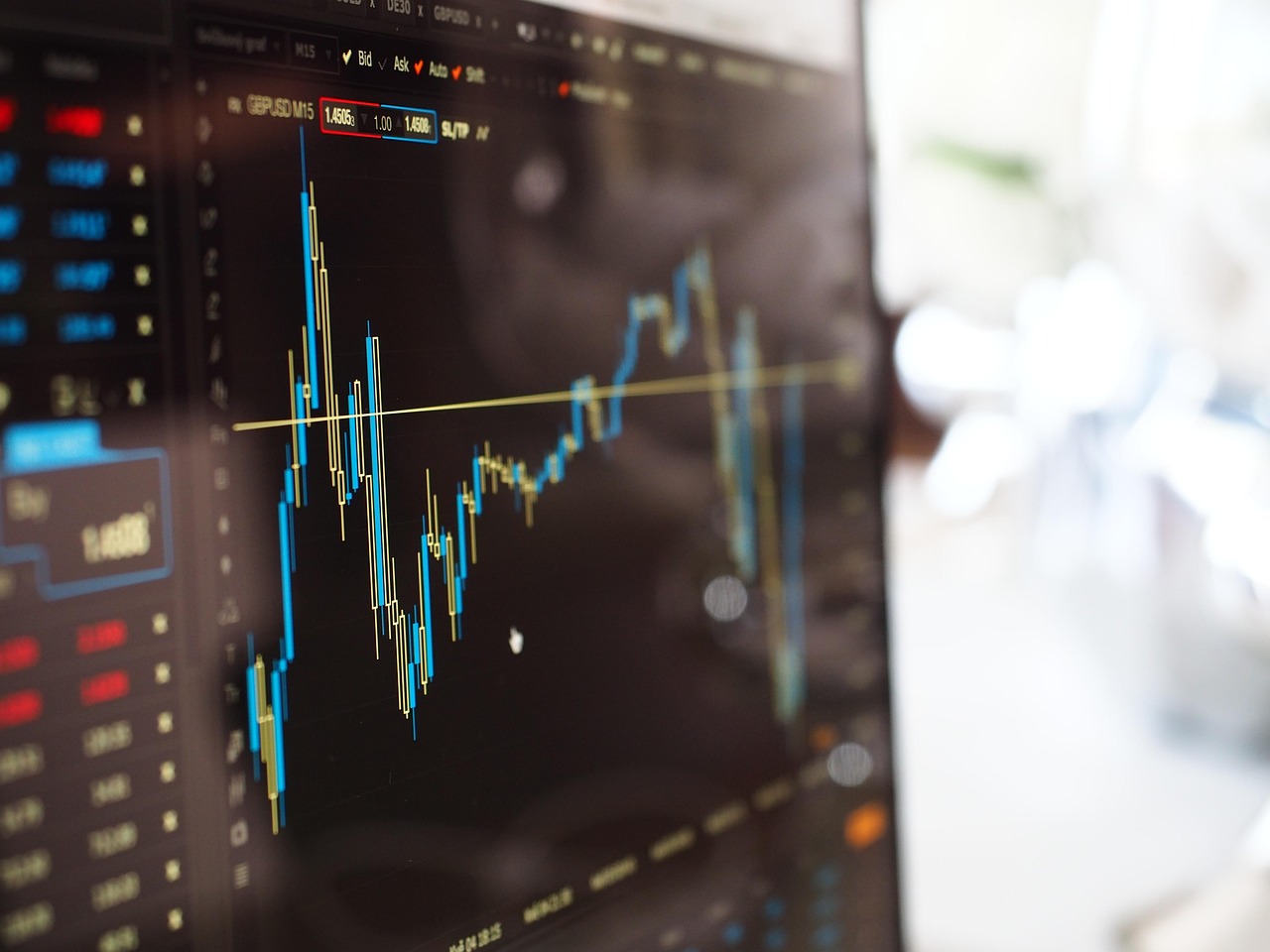Essential Forex Trading Tools and Strategies for Global Markets
Forex trading represents the world's largest financial market, with over $7.5 trillion in daily trading volume. Success in currency exchange requires more than intuition—it demands comprehensive knowledge of analytical tools, platform capabilities, and proven strategies. Whether you're beginning your trading journey or seeking to refine existing skills, understanding the fundamental components of forex trading can significantly impact your market performance and risk management approach.

What Are the Top Forex Tools Every Global Trader Should Know?
Modern forex trading relies heavily on sophisticated analytical tools that help traders make informed decisions. Technical analysis software forms the backbone of most trading strategies, with platforms offering advanced charting capabilities, real-time data feeds, and customizable indicators. Popular tools include moving averages, relative strength index (RSI), and Fibonacci retracements, which help identify market trends and potential entry or exit points.
Economic calendars serve as another crucial tool, providing scheduled releases of economic data that can dramatically affect currency values. These calendars track central bank meetings, employment reports, GDP announcements, and inflation data across major economies. Additionally, currency correlation matrices help traders understand how different currency pairs move in relation to each other, enabling better portfolio diversification and risk management.
How to Build Your Forex Playbook with Tools, Platforms, and Global Strategies
Creating a comprehensive forex playbook involves combining multiple analytical approaches with reliable trading platforms. Fundamental analysis focuses on economic indicators, geopolitical events, and central bank policies that influence currency values. This approach requires monitoring interest rate differentials, trade balances, and political stability across various countries.
Technical analysis complements fundamental research by examining price patterns, support and resistance levels, and momentum indicators. Successful traders often combine both approaches, using fundamental analysis for long-term direction and technical analysis for precise timing. Risk management strategies form another essential component, including position sizing rules, stop-loss orders, and maximum daily loss limits to protect trading capital.
Which Platforms and Tactics Can Help You Master Forex Trading?
Professional forex trading platforms offer features far beyond basic buy and sell functions. Advanced platforms provide multiple order types, including market orders, limit orders, stop orders, and trailing stops. Many platforms also offer automated trading capabilities through expert advisors (EAs) or algorithmic trading systems that can execute trades based on predetermined criteria.
Mobile trading applications have become increasingly sophisticated, allowing traders to monitor positions, execute trades, and receive market alerts from anywhere. Cloud-based platforms ensure data synchronization across devices, while social trading features enable users to follow and copy successful traders’ strategies. Integration with third-party analysis tools and news feeds provides comprehensive market coverage within a single interface.
| Platform Type | Provider Examples | Key Features | Monthly Cost Range |
|---|---|---|---|
| Professional Desktop | MetaTrader 4/5, cTrader | Advanced charting, EA support, multi-asset trading | $0-$50 |
| Web-Based Platforms | TradingView, eToro | Browser accessibility, social trading, mobile sync | $15-$60 |
| Institutional Platforms | Bloomberg Terminal, Reuters Eikon | Real-time news, advanced analytics, multi-market data | $2,000-$2,500 |
| Mobile Applications | Mobile MT4/5, TradingView App | Portable trading, push notifications, basic analysis | $0-$30 |
Prices, rates, or cost estimates mentioned in this article are based on the latest available information but may change over time. Independent research is advised before making financial decisions.
Advanced Strategies for Global Currency Markets
Successful forex trading often involves implementing multiple strategies tailored to different market conditions. Trend-following strategies work well in strongly directional markets, using indicators like moving average crossovers and breakout patterns. Range trading strategies prove effective in sideways markets, focusing on buying at support levels and selling at resistance levels.
Carry trading represents a popular long-term strategy that involves buying currencies with high interest rates while selling those with low rates. This approach profits from both currency appreciation and interest rate differentials. Scalping strategies target small price movements over short timeframes, requiring quick decision-making and tight risk controls.
News trading strategies capitalize on market volatility surrounding economic announcements and geopolitical events. These strategies require excellent timing and risk management, as markets can move rapidly and unpredictably during news releases. Successful news traders often use limit orders and stop-losses to manage execution risks.
Risk Management and Market Psychology
Effective risk management distinguishes successful traders from those who experience significant losses. Position sizing based on account balance and risk tolerance helps preserve capital during losing streaks. The general rule suggests risking no more than 1-2% of trading capital on any single trade, though this varies based on individual circumstances and trading strategies.
Market psychology plays a crucial role in forex trading success. Fear and greed often drive poor decision-making, leading traders to hold losing positions too long or exit winning trades prematurely. Developing emotional discipline through consistent routine, predetermined trading rules, and realistic expectations helps maintain objectivity during volatile market conditions.
Understanding forex trading requires dedication to continuous learning and adaptation to changing market conditions. The combination of proper tools, reliable platforms, proven strategies, and disciplined risk management creates a foundation for sustainable trading performance. Success in currency markets comes from treating trading as a business, maintaining detailed records, and constantly refining approaches based on market feedback and personal performance analysis.




